Fashion Designing And Making Your Own Patterns For Beginners
Fashion Design for Beginners
Fashion designing and making your own patterns for garments is challenging, fun and saves you money. Recently, I have been making garments from my own patterns that have been coming out pretty nicely. Last halloween my 5 year old granddaughter told me that she wanted to be a bride, I couldn't find any patterns that I liked for her in her size. So, I decided to make her a custom made pattern for the gown and to my surprise her gown came out very beautiful, plus it was a lot of fun making it.
When you get a handle on making your own patterns, you'll be able to create fashions for just about any occasion. In this hub, I'll go over the very basic tecniques that I have been using to create my own patterns. I'm sure it's not the professional way to make patterns, but it works for me and hopefully it might work for you too or give you an idea of how it could work for you.
This hub does require for you to have sewing skills and to be skilled with having used manufactured patterns comfortably in the past.
Sketching Your Designs
After you've thought about what garment you want to make, sketch it out on a sketching pad with a pencil that has a good eraser, believe me, you'll be using that eraser a lot!!!. I'm sure some of you are laughing, saying that you don't have any artistic skills - have some faith in yourself and give it a try, you just may surprise yourself. By sketching it out first, you're actually preparing your brain for the next few steps. The sketch does not have to be perfect, just sketch it out enough so that you can visualize what you want your garment to look like.
After you've sketched the garment out on your sketching pad, study your sketch for a while, even for a few days if you're very new at this, analyze it and start to think about how many pieces it will take to complete the garment.
I'll use an example of a newborn layette I made for a friend of mine at church who is pregnant with twins. She's having a boy and a girl, I made an outfit for both of the babies, but in the example I'll use the baby boy's layette.
Baby Girl And Baby Boy Layette
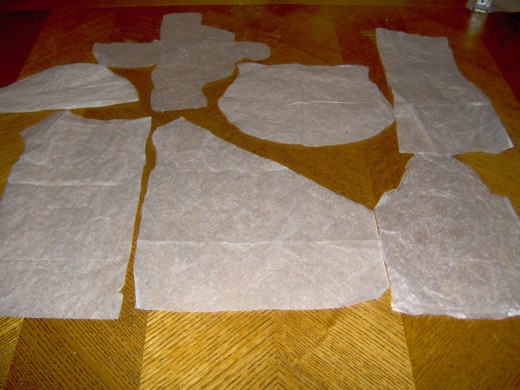
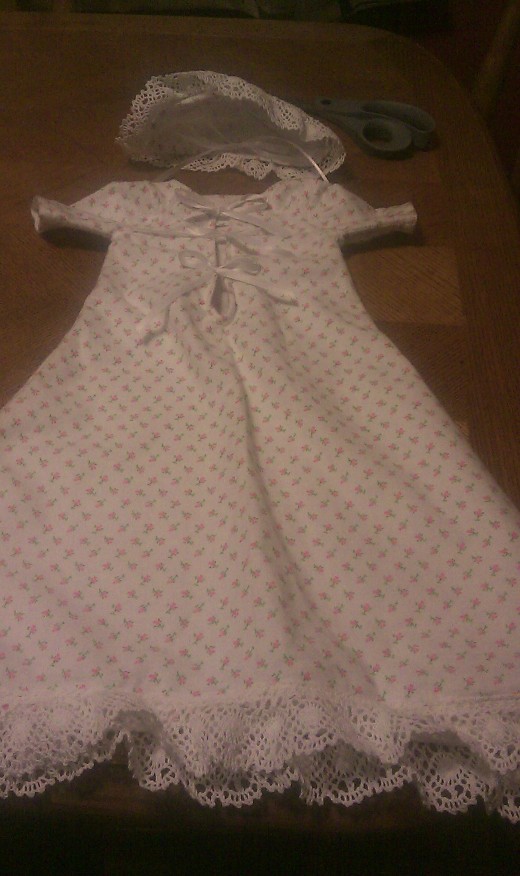
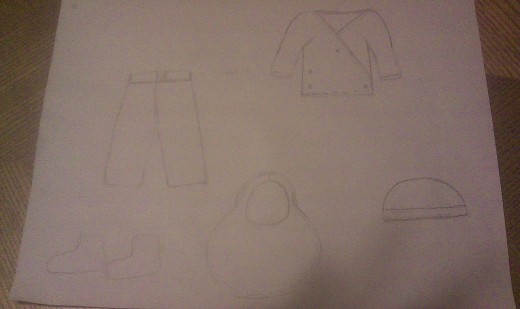
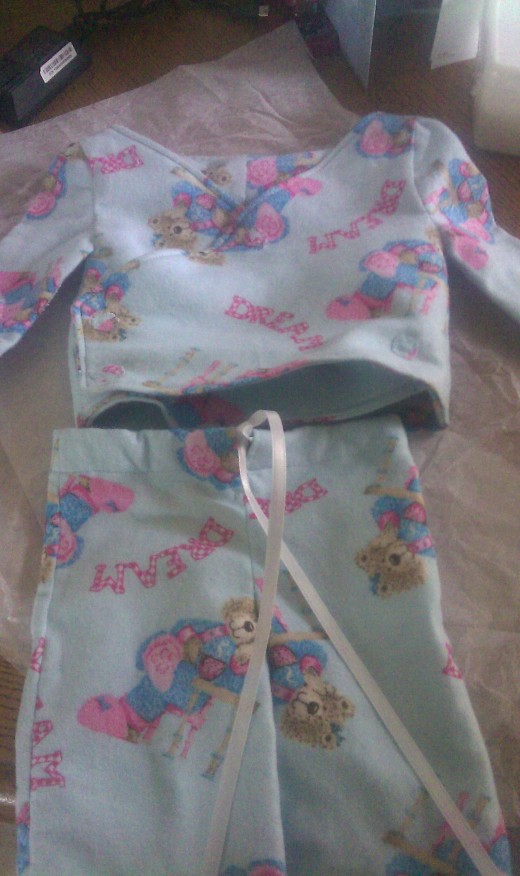
Determine How Many Pattern Pieces You'll Need
For the baby boy's layette, I decided that I wanted to make a little jacket, pants, cap, booties and a bib. So I sketched out each article of clothing, studied it, analyzed it, determined how many pieces it would take to make each garment and what each piece would represent. This part takes some time, but If you're already familiar with using a pattern, you'll have an easier time with this part.
For the pants above, I determined that I would need 2 pieces; for the jacket, I determined that I would need 4 pieces; for the booties, I used only one piece. The bib was made from one piece and the cap from 2 pieces. I used tissue paper for this pattern.
Measure, Measure And Measure Again
Measuring is the key to making a garment that fits perfectly. You do have to measure much more when making your own patterns than you do for a manufactured pattern. For making your own pattern, you not only have to take the standard measurements, you also have to measure neck size, arm length, arm width, wrist width if you making a long sleeve shirt or dress, pant leg width and length, dress or skirt length and any other measurements that pertain to your garment.
I know it sound like a lot, but when you've become skilled at it, eventually it'll be a piece of cake! When making your own pattern, you can be as fancy as you want or as plain as you want.
Drawing The Pattern Pieces On Pattern Paper
There are several options for the type of paper to use. Plain pattern paper can be purchased. You can use white tissue paper, the kind used for gifting, brown paper which come on rolls can be used or any plain paper that is large enough to have one pattern piece drawn on it.
After the measurements are taken and you've determine how many pieces it would take to make your garment, then it's time to start sketching out the pieces on the pattern paper. Now, when sketching out the pieces, make sure to add 5/8inches around each piece for the seam allowance. Use rulers or yard sticks to help with straight lines. For some curved areas you may want to use a protractor or a compass.
Remember to think in halves for the pattern pieces that will be placed on the fold of the fabric. When making a pattern piece such as the front of a shirt or the back of the jacket, you only have to draw half of that part of the garment because it will be placed on the center fold of the fabric, then when it's opened up it will be the complete piece
Some Of The Pattern Pieces Used To Make Baby Boy Layette

Completed baby boy layette ( I forgot to photograph the cap)

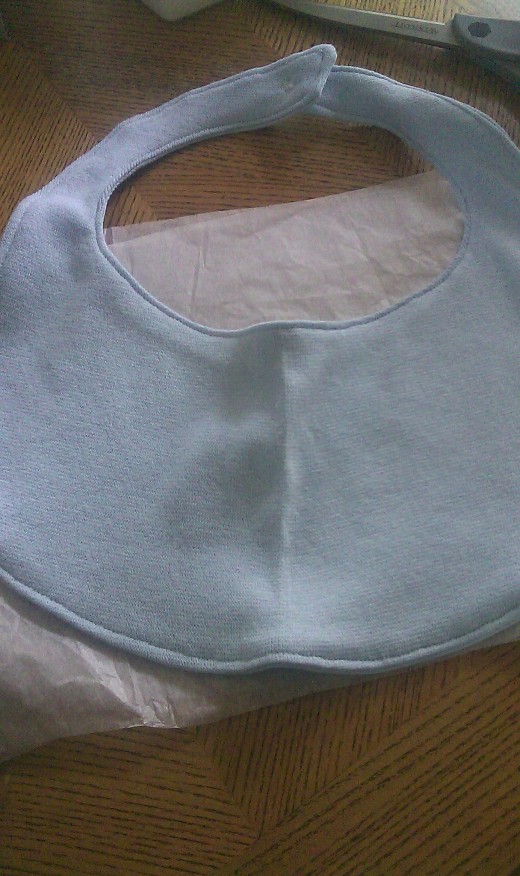
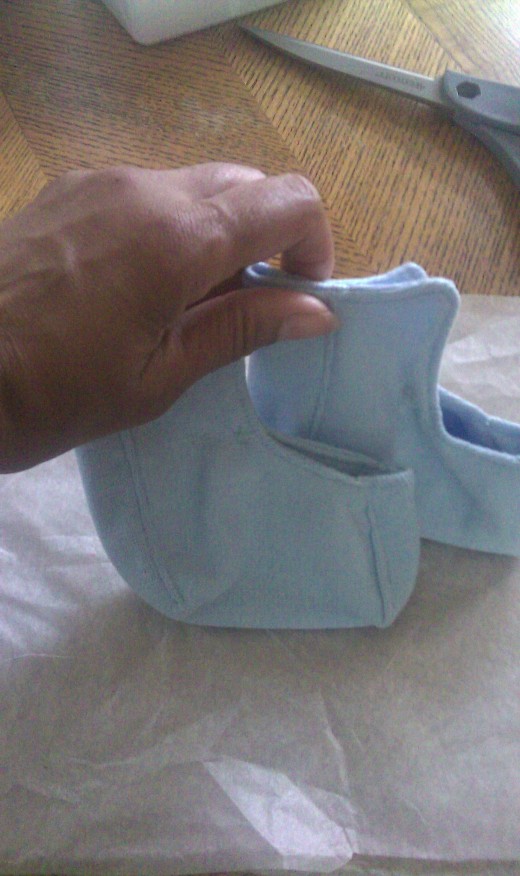
Practice Makes Perfect
As with anything, the more you practice at making your own patterns, the better you'll get at it. Start small, with something very simple and gradually work your way up to more complicated patterns. Don't get discouraged, have faith in yourself and have fun making your own patterns. Who knows, one day you may become a famous fashion designer!
Happy fashion designing and pattern making to you!!!
My Home Based Fashion Design Business
- Newborn Layette - The Basics
Newborn Layette When you discover you are pregnant, resist the temptation to rush our and buy every baby related thing you see in the shops. It may well be an Old Wives Tale, but its considered bad... - How To Make A Cute Toddler's Bib While Practicing Be...
Welcome to Part 3 of How To Make A Cute Toddler's Bib - where it will be finished! Like I said in the other hub, this is a larger bib that covers more of the little one's clothes so that they can make a... - How To Make Cloth Diapers
A homemade cloth diaper with a flannel exterior and fleece interior. This was used for several years and is still in good shape! Do cloth diapers save money? Certainly they do! Cloth diapers are good for...
Creativelycc - A home based fashion design business
- CreativelyCC
CreativelyCC is a home based fashion design business in Westfield, Maine. This business specializes in exquisite hand made items adorned with various types of embellishments. Other sewing services are offered such as alterations and customized projec










